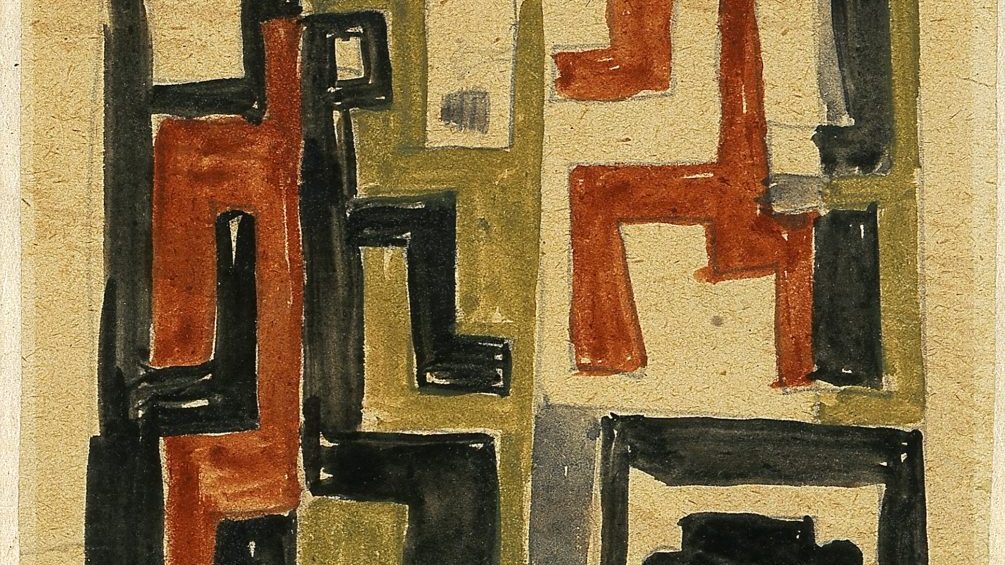
The legacy of the School of the South
CHAPTER 1: Introduction
Chapters
During the early years of the twentieth century, several Argentine and Uruguayan artists participated in avant-garde movements in Europe. After returning home, they revolutionized the art scenes in the Rio de la Plata region (Argentina and Uruguay) by introducing the modern movements they had joined abroad. After many years in Europe, Joaquín Torres-García founded an art school in Montevideo known as the School of the South, which paved the way for abstraction to develop in the region. In the mid-1940s, Argentine and Uruguayan artists embraced Concrete art, pursuing a pure abstraction of colors and shapes. In Buenos Aires, artists formed two main groups, the Association of Concrete Art and Invention, which favored a geometry imbued with logic, and Madí, which embraced a more playful and intuitive approaches. Concrete art movements in South America later became synonymous with utopian notions of modernization and progress.
Image credit:
Joaquín Torres-García
Untitled, 1929-1930 (detail)
Watercolor over pencil on paper mounted on cardboard
The Blanton Museum of Art, The University of Texas at Austin
Gift of John and Barbara Duncan, 1971

